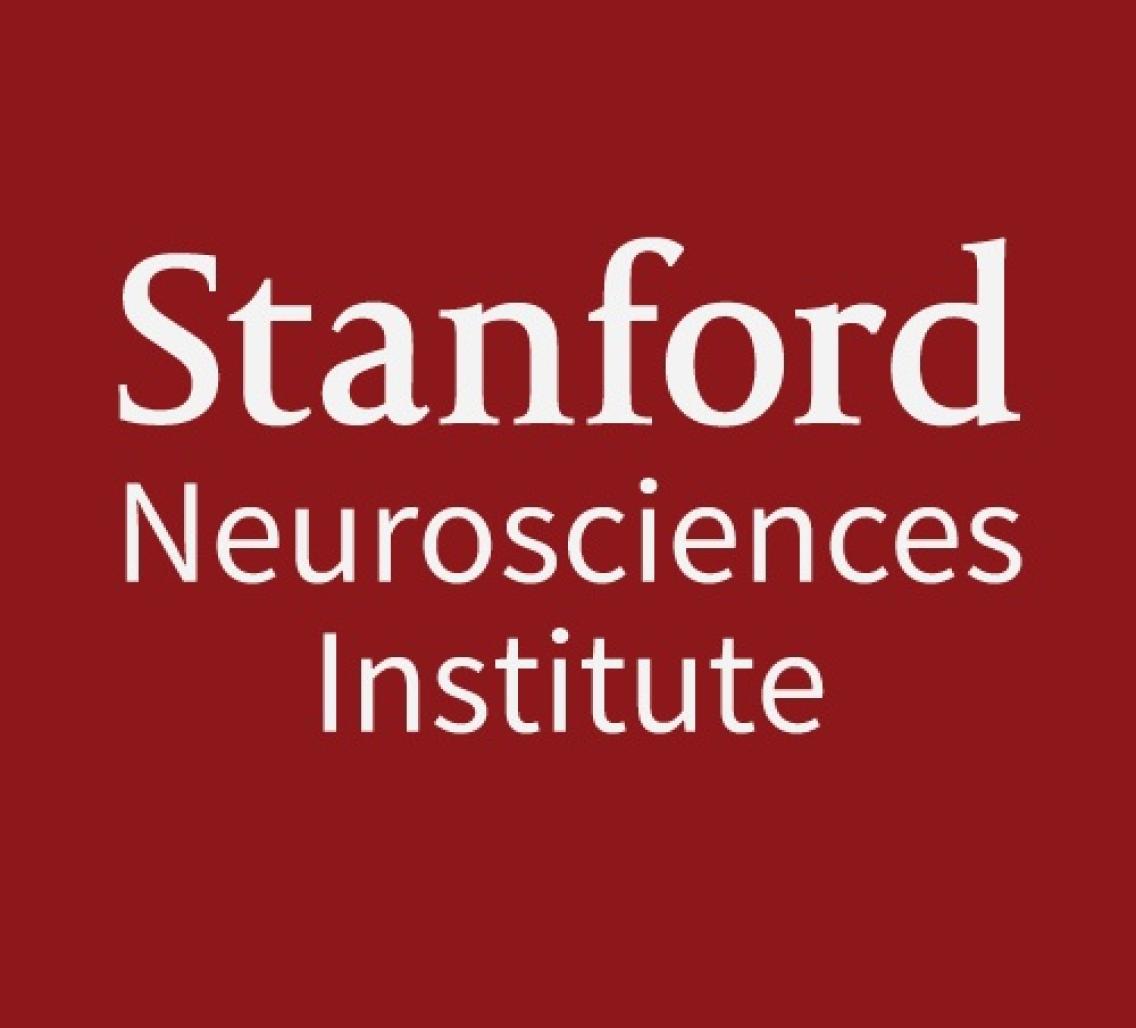Event Details:

Molecular control of synaptic vesicle fusion
Jeremy Dittman, MD, Ph.D. Associate Professor, Biochemistry Department, Weill Cornell Medical College
Host: Aaron Gitler
Abstract
Synapses continually replenish their synaptic vesicle (SV) pools while suppressing spontaneous fusion events, thus maintaining a high dynamic range in response to physiological stimuli. The presynaptic protein complexin can both promote and inhibit fusion through interactions between its α-helical domain and the SNARE complex. We found that complexin's C-terminal half is required for two forms of inhibition. First, a small curvature-sensing module within the C-terminal domain (CTD) directs complexin to SVs thereby positioning complexin to intercept the rapidly assembling SNAREs and control the rate of spontaneous fusion. Second, neuromodulators acting through the inhibitory G-alpha subunit require the CTD of complexin to suppress neurotransmitter release. In addition to neuromodulators, synaptic activity also affects complexin binding and localization within synaptic boutons, potentially contributing to use-dependent changes in synaptic transmission. Thus, the CTD plays a critical role in the control of synaptic transmission.